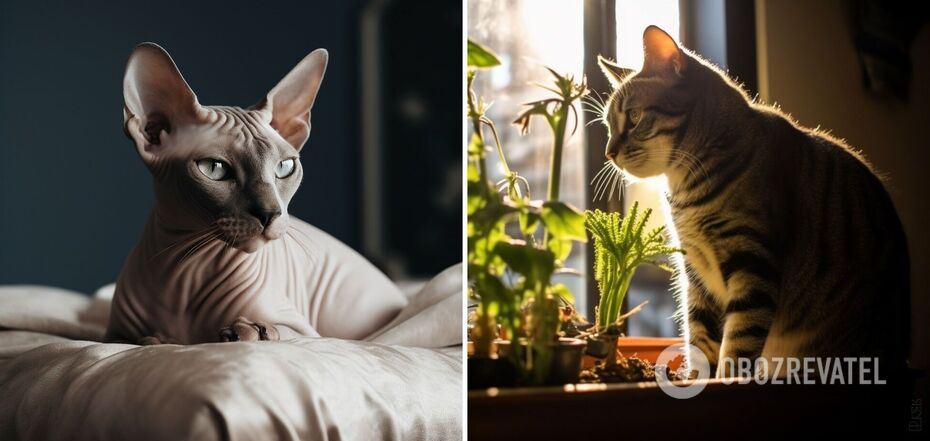Life
Where do cats come from and what does their meowing mean: interesting facts
Ordinary domestic cats are still a real mystery to us. It's not easy to understand what they mean when they meow. And what do they want to say about their sometimes strange habits? And where did they come from and what evolutionary path did they take?
According to The New York Post, cat researcher Jonathan Losos tried to answer these and other questions. He wrote a book about these animals called Cat Meows: How Cats Evolved from the Savannah to Your Couch, where he outlined his findings.
Where did domestic cats come from?
According to scientists, over the past few thousand years, people have domesticated 14 species of cats, including lions. But it was taming, not domestication - an adjustment at the genetic level when the animal becomes more affectionate and is more inclined to coexist with humans.
Genetic studies show that this kind of domestication of cats began many centuries ago in North Africa. And soon, in Ancient Egypt, purrs were not just pets but even deified. It was from this country that the expansion of cats to the rest of the world began.
They started traveling on ships, where they protected cargo from rodents. Thus, cats landed in Europe, Asia, and other continents, becoming one of the most popular pets.
In Egypt, people tamed all the species that lived next to them, from cheetahs to servals. But the African wildcat was the most domesticated and became the ancestor of all domestic cats on Earth. By the way, your pet's ancestor is still considered the friendliest among wild cat species.
What does a cat's "meow" mean?
Studies show that most even experienced cat owners are unlikely to be able to understand the meow of a street cat. But they understand the tone of their pet in the smallest detail - when the animal is hungry, when it wants affection, and when it is just bored. We have learned to distinguish the signals of domestic cats in the smallest detail over thousands of years of interaction.
However, research shows that cats communicate with meows not only with humans but also with each other, and sometimes even with dogs. As Losos found out, wild African cats also make such sounds, but they meow more persistently and aggressively than their domesticated descendants.
So, evolution has made cat voices more pleasant to the human ear - higher, like those of young people. Interestingly, the sound of purring has also changed over time to make it more appealing to humans.
What do some cat habits mean?
Sometimes cats surprise us with their behavior when, for example, they "paw" the owner's body or bring some objects. Science says that this is a way for an animal to get closer to its human, to show him or her that he or she is important to the animal.
For example, domestic cats have developed the skill of following their owners' index finger and recognizing their name over time. These and other habits seem to indicate that cats distinguish us from all other living creatures and equate us with them. They consider us very important cats and prefer to be friends with us.
A special sign of honor is the appearance of a cat that keeps its tail straight and raised vertically upwards. This is a sign that the cat has come in peace and is ready to interact. This is a great tribute and evidence that you have received the status of an honorary cat. That is, the animal definitely does not intend to show aggression towards you.
Earlier, OBOZREVATEL told you how to care for cats in hot weather and not make them worse by your actions.
Subscribe to OBOZREVATEL's Telegram and Viber channels to keep up with the latest developments.



























